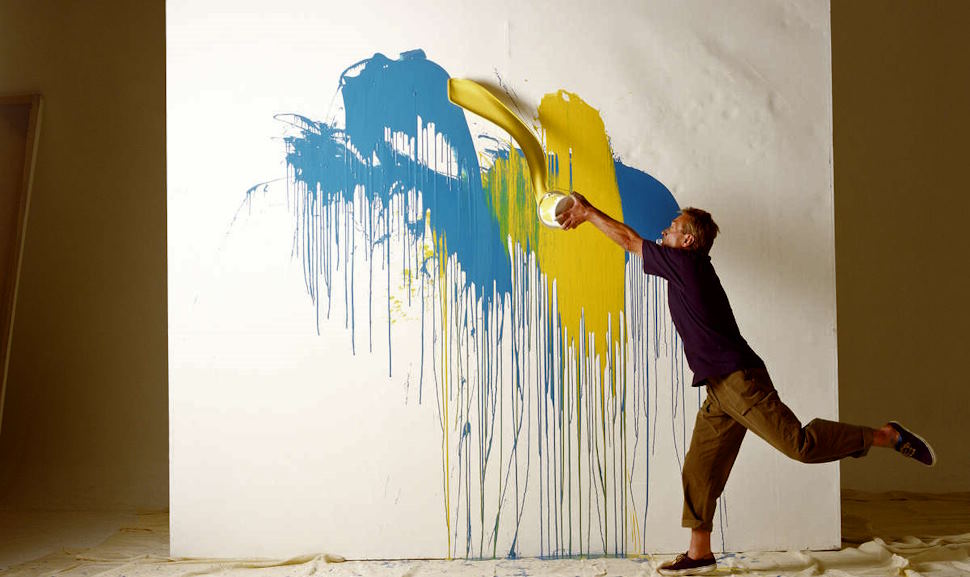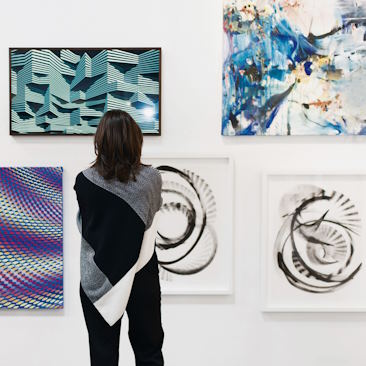The art trade in Europe has long been a captivating and dynamic industry that has witnessed remarkable transformations over the centuries. From the bustling auction houses of the past to the thriving galleries of today, the evolution of art trade in Europe reflects the changing tastes, preferences, and trends of collectors, artists, and buyers.
The Art Market Today: Coexistence and Collaboration
In the dynamic realm of art trade, the interplay and cooperation between auction houses and galleries assume a pivotal role in shaping the present-day landscape. While auction houses have historically served as conventional hubs for art transactions, galleries have emerged as influential platforms, dedicated to the promotion and display of contemporary artwork. This harmonious coexistence not only fosters a diverse and flourishing art market but also explores innovative ways to facilitate financial transactions, such as send money from Czech Republic to Moldova, thereby ensuring a global reach and facilitating the growth of artistic endeavors across borders.

Auction houses and galleries have developed synergies that benefit artists, collectors, and the art market as a whole. Auction houses bring a sense of excitement and competition through their live bidding events, attracting high-profile collectors and driving up prices. On the other hand, galleries provide a curated space for artists to showcase their work, nurturing their careers and creating a dedicated following. The collaboration between these two entities allows for a broader reach and exposure for artists, as galleries often collaborate with auction houses to promote their artists’ works and vice versa.
Understanding market trends and buyer preferences is crucial in the art trade. Currently, there is a growing demand for contemporary and emerging artists, as well as an increased interest in diverse cultural expressions. Buyers are seeking unique and thought-provoking artworks that resonate with their personal tastes and reflect societal values. This trend has led to collaborations between auction houses and galleries to meet the demands of collectors, as they curate auctions and exhibitions that cater to these preferences.
However, the current art trade landscape also faces challenges and opportunities. The rise of online platforms and digitalization has impacted how art is bought and sold, with the emergence of online auctions and virtual galleries. This shift presents opportunities for broader accessibility and global reach, but it also raises concerns about the authenticity and provenance of artworks in the digital realm. Additionally, the art market grapples with issues of inclusivity, diversity, and sustainability, prompting a need for greater transparency and ethical practices.
Technological Advancements: Shaping the Future of Art Trade
Technological advancements have revolutionized various industries, and the art trade is no exception. From digitalizing art transactions to leveraging cutting-edge technologies, the art market is undergoing a transformative shift that is shaping its future. In this blog section, we explore the role of technology in the art trade and its potential implications.
 The digitalization of art transactions has opened up new avenues for buying and selling artworks. Online platforms have emerged as powerful tools that connect artists, galleries, collectors, and buyers from around the world. These platforms provide a convenient and accessible way to discover and acquire art, breaking down geographical barriers and expanding the reach of artists and galleries. Online auctions have gained prominence, enabling collectors to participate in bidding from the comfort of their homes.
The digitalization of art transactions has opened up new avenues for buying and selling artworks. Online platforms have emerged as powerful tools that connect artists, galleries, collectors, and buyers from around the world. These platforms provide a convenient and accessible way to discover and acquire art, breaking down geographical barriers and expanding the reach of artists and galleries. Online auctions have gained prominence, enabling collectors to participate in bidding from the comfort of their homes.
Furthermore, online platforms have had a significant impact on the art market. They have democratized access to art, allowing emerging artists to gain visibility and recognition on a global scale. Additionally, they have facilitated direct artist-buyer interactions, eliminating intermediaries and fostering a sense of community.
Blockchain technology has emerged as a game-changer in the art trade, particularly in ensuring the authentication and provenance of artworks. By utilizing blockchain, a decentralized and immutable ledger, the art market can enhance transparency and trust. Each artwork can be securely recorded on the blockchain, providing a digital certificate of authenticity and a transparent record of its ownership history.
Virtual reality (VR) and augmented reality (AR) technologies are also making waves in the art trade. VR allows viewers to immerse themselves in virtual exhibitions, providing a lifelike experience of exploring artworks and galleries from anywhere in the world. AR, on the other hand, overlays digital information on the physical world, enabling users to see artworks in their own surroundings. These technologies have the potential to revolutionize art exhibitions, making them more accessible, interactive, and engaging.

